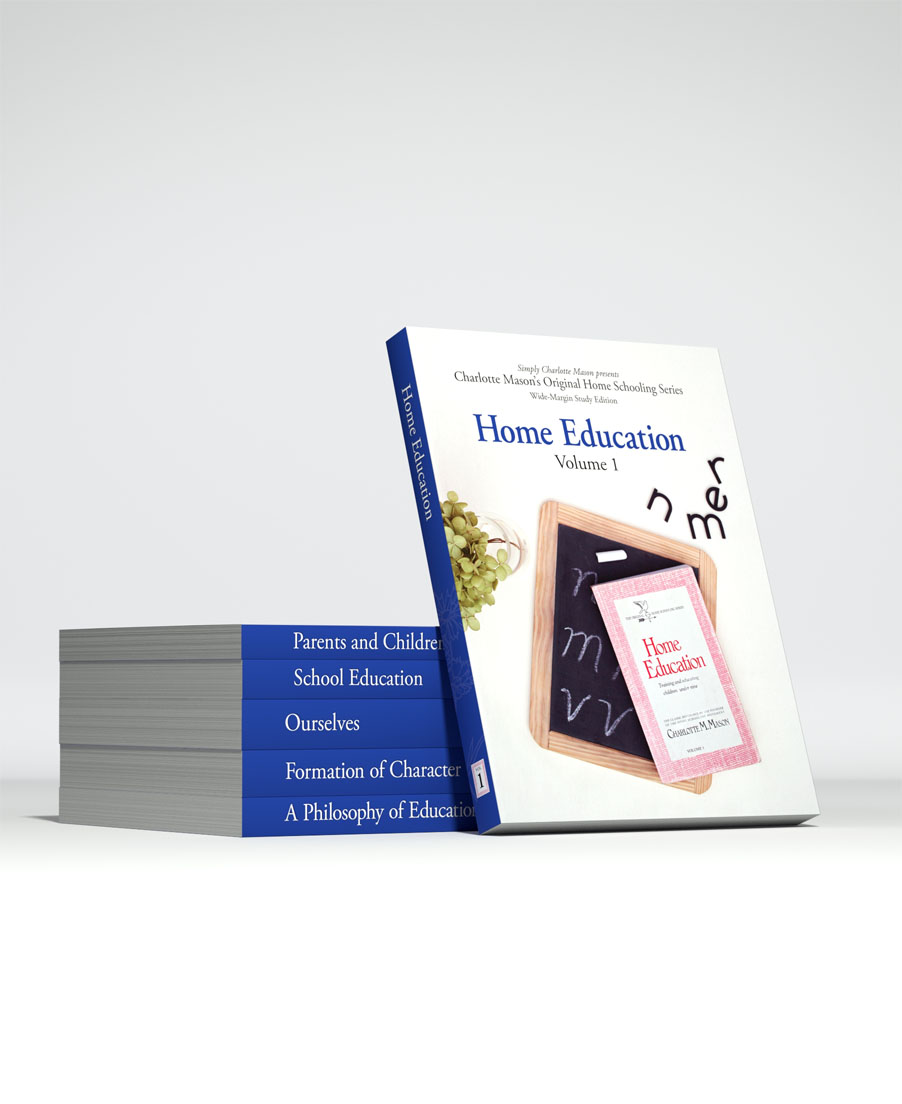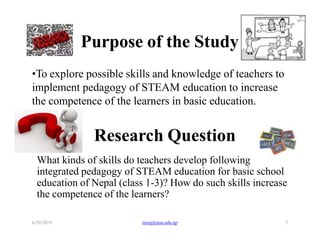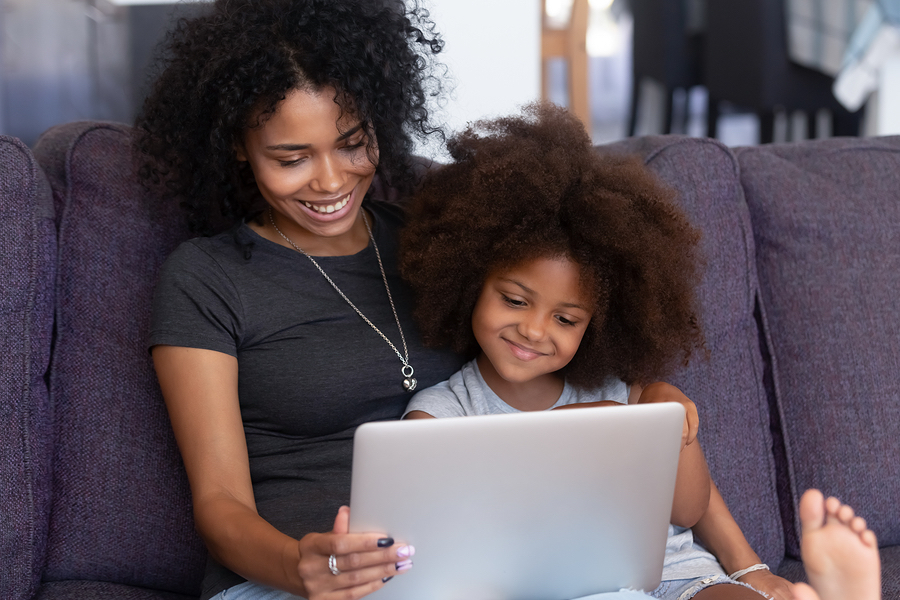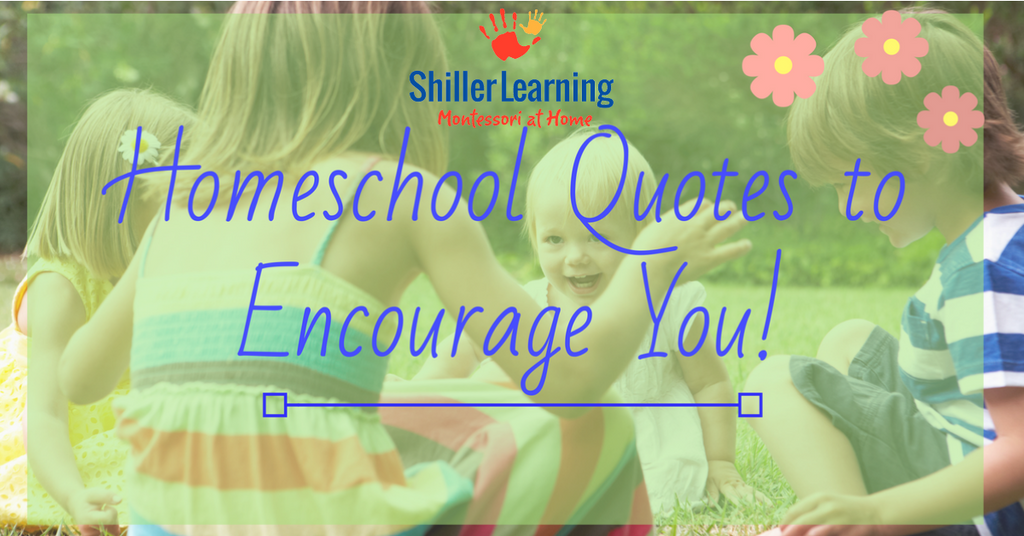Engaging Literary Minds: Home Schooling Book Discussions

Engaging Literary Minds: Home Schooling Book Discussions
Reading is not merely a solitary activity; it is a gateway to exploration and discussion. Home schooling families can harness the power of literature through organized book discussions, creating a dynamic learning environment that goes beyond the pages of a book.
Fostering a Love for Reading
The foundation of effective book discussions in home schooling lies in cultivating a love for reading. By introducing children to a diverse range of literature, parents can ignite a passion for stories. This love for reading becomes the driving force behind active participation in book discussions.
Developing Critical Thinking Skills
Home schooling book discussions serve as a platform for developing critical thinking skills. Analyzing characters, dissecting plotlines, and exploring themes encourage children to think deeply about the content they consume. These discussions lay the groundwork for honing analytical skills crucial in academic and real-world scenarios.
Enhancing Language Proficiency
Engaging in book discussions contributes significantly to language proficiency. Home schooling parents can leverage these sessions to expand vocabulary, improve comprehension, and reinforce language rules. As children express their thoughts on a book, they naturally refine their communication skills.
Encouraging Social Interaction
While home schooling provides a personalized learning experience, book discussions introduce a social element. Group discussions or family book clubs create opportunities for meaningful interactions. Sharing perspectives, debating ideas, and empathizing with characters foster social skills essential for personal growth.
Tailoring Discussions to Different Age Groups
One of the strengths of home schooling book discussions is the ability to tailor them to different age groups. Younger children may engage in more straightforward conversations about characters and events, while older students can delve into complex themes and literary analysis. This adaptability accommodates the diverse needs of home-schooled students.
Connecting Literature to Real-World Experiences
Home schooling book discussions offer a bridge between literature and real-world experiences. Parents can guide discussions to draw parallels between the fictional worlds and the children’s own lives. This connection deepens comprehension and encourages a broader understanding of the world.
Expanding Cultural Awareness
Through a diverse selection of books, home schooling book discussions become a gateway to cultural awareness. Exposure to literature from various regions, time periods, and perspectives broadens children’s understanding of the world’s diversity. This cultural enrichment is a valuable component of a comprehensive education.
Instilling a Lifelong Learning Mindset
Participation in book discussions nurtures a mindset of lifelong learning. By exploring various genres and authors, children develop a curiosity that extends beyond the formal education years. The habit of seeking knowledge and engaging with diverse ideas becomes an integral part of their identity.
Looking Ahead: Home Schooling Book Discussions Resources
For a wealth of resources and guidance on incorporating impactful book discussions into home schooling, visit Home Schooling Book Discussions. This comprehensive resource offers reading lists, discussion prompts, and a supportive community for parents eager to elevate their home schooling through the world of literature.
In conclusion, home schooling book discussions are a powerful tool for nurturing a love for reading,










64be9b29b5881.jpg)




